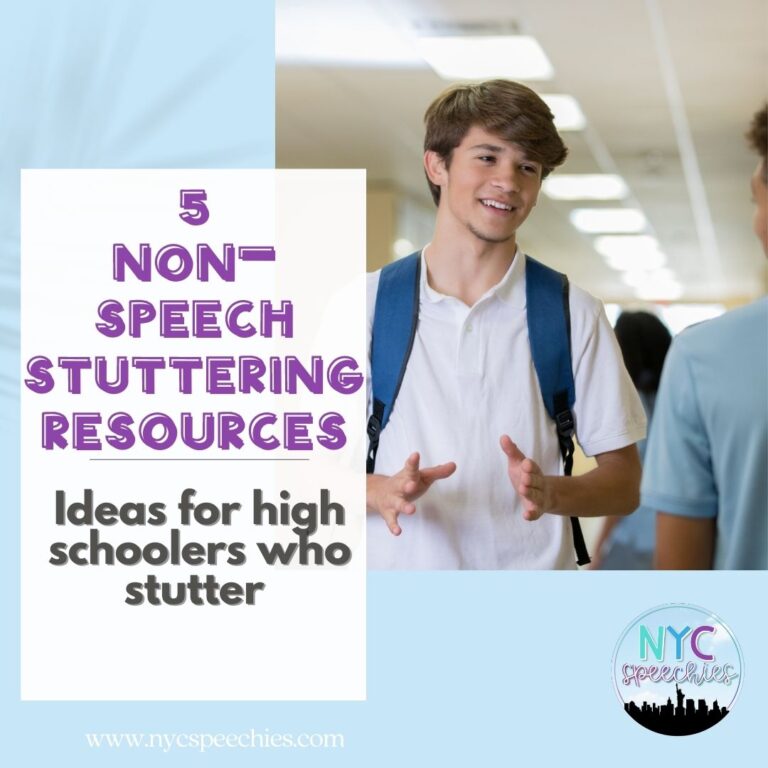Visual Literacy Strategies to Use with Any Image

When we were younger and read books, we remember always looking forward to looking at the pictures. But nowadays, we feel like our students don’t even notice if there is a picture in front of them, nor do they take the time to interpret it. Our students tend to skip right over pictures when they come across one in a textbook. Little do they know, these images are important text features that give them so much additional information about the topic they are reading about. These visual pictures should never go unnoticed. We love incorporating visual literacy activities into our speech and language sessions. We use them in our sessions to help students improve reading comprehension, thinking skills, critical thinking, expressive language, and so much more.
Visual Literacy Strategies

Visual literacy allows students to observe, interpret, recognize, appreciate, understand, and critique information. They do this by observing visible actions, objects, and symbols in pictures. Visuals come in an assortment of formats including: advertisements, cartoons, charts, graphs, comic books, diagrams, maps, memes, photos, etc. Students can find these visuals everywhere around them: posters, textbooks, handouts, state exams, presentations, comic books, etc. Visual literacy allows students to look beyond the text and read between the lines. Here are some reasons why visual literacy is important:
- Communication: Visuals can communicate complex ideas quickly and effectively.
- Critical Thinking: Visuals can convey information in a way that challenges a student to analyze and interpret the information presented.
- Creativity: Visuals allow students to express themselves.
Keep reading to see how you can incorporate visual literacy activities into your therapy sessions.
I See, I Think, I Wonder
This is our all time favorite thinking strategy. This strategy guides students to analyze images by helping them to SEE (observe), THINK (make inferences), and WONDER (ask questions). This strategy provides guiding questions to help your students dig deeper into the image and not just focus on what they ‘see.’ We love when students ask questions about the image and others in the group use their inferencing skills to answer those questions.
- SEE: What details stand out?
- THINK: What do you think is going on?
- WONDER: What questions do you have?

Unfreeze the Scene
Photographs capture a single moment in time. But what happened before the picture was taken or after the picture was taken? Imagine the picture is a paused video and you could easily rewind or press play – what would happen? This allows the image to come to life. Students can make a prediction about what will happen next based on visual clues from the image. Have students talk about why they predicted this and what clues in the picture support their prediction.
Narrative Writing
There is always a story behind every picture. Have students create their own storyline by filling out a narrative plot diagram. Have them write a story about the picture including all parts: exposition, rising action, climax, falling action, and resolution.
5 Senses
Have students place themselves in the picture. As they take on another viewpoint, have them take a walk through the image while focusing on their five senses. This allows them to pay attention to details and be more descriptive.
- What do they see?
- What do they hear?
- What do they feel?
- What do they smell?
- What do they taste?
Bonus: Add perspective taking and discuss how they feel in the image based on what surrounds them.
Dialogue

If you could turn up the sound in an image, what conversations would you hear? Print out speech bubbles and have students add dialogue to an image. We love to use dry erase speech bubble paddles. If there are multiple people in an image, students can take turns adding to a conversation that may be taking place in that photo.
We hope you love these visual literacy activities as much as we do. Head over to our TPT Store to check out other resources that support visual literacy.







